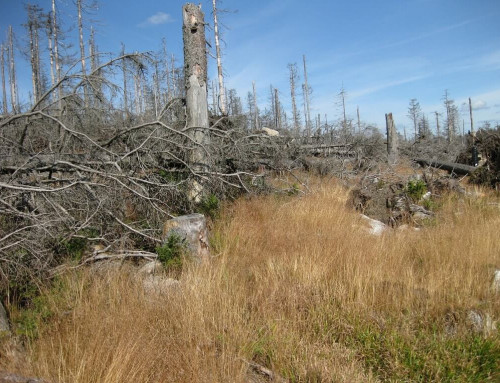
The digestive system of a human being. Image credit MediaWiki
ZIMSEC O Level Combined Science Notes: The digestion process
- Food is broken down in the alimentary system from large pieces/molecules into smaller molecules.
- The food most mammals ingest is in large pieces e.g. leaves, grass, cake, meat etc.
- All mammals have teeth to bite off the food and chew it.
- Food is broken down into smaller molecules by the chewing acting of teeth.
- Mechanical digestion this is when food is broken down by the chewing action of teeth.
- This is physical change.
- The strong muscular walls of the oesophagus and the stomach also help in breaking down food into smaller pieces.
- Juices from the salivary glands and the stomach are also mixed with the food.
- Insert peristalsis diagram here.
- Peristalsis- the action by which muscles push the food down along the alimentary canal.
- The muscular walls around the food contract to squeeze the food along the tube.
- The muscles in front of the food relax.
- As food passes along the tube the small pieces of food are also chemically changed.7
- Large molecules are converted into smaller ones.
- This process is carried out by enzymes.
- Enzyme-is a special molecule that speeds up a chemical reaction.
- They are biological catalysts.
- Enzymes are found in all living cells and in digestive juices such as saliva.
- The enzyme molecules become attached to the food molecules and split them into smaller ones.
- Enzymes can act on food more easily if it is in smaller pieces.
- This results in a larger surface area for them to act on.
- This is achieved by chewing which results in food pieces becoming smaller and presenting a larger surface area.
To access more topics go to the Combined Science Notes page.



